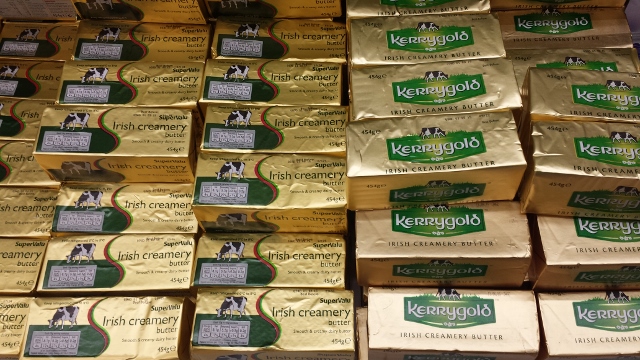Sometimes in a museum I want to scream “MOVE OUT OF THE WAY!”
Let’s face it, art museums (and even cathedrals) are rarely quiet anymore, and rarely are you able to really look undisturbed. As technology becomes more readily and affordably available loud distracted spaces are becoming the norm. For years now devices resembling payphones with digital screens have been sneaking their ugly heads into Europe’s beautiful sacred spaces. Portable devices have been available in museums for forever in my mind.
Full disclosure: I work on developing a number of art programs and exhibitions in various settings from museums to galleries to public pop up spots. I fully understand the need to appeal to the general public as well as the need to be accessible to them. That doesn’t change my feeling that there is a time and place for technology in these spaces and it is not all the time in all spaces. Second disclosure: I do rent the devices at times. But I have 2 personal rules I follow. See below for my rules.
Paris.
One of my favorite cities in the world with outstanding museums. I love everything about Paris; except for how packed it gets in the spring. It is elbow to elbow everywhere. If there is a big show and you sleep in, just forget it. It is not worth the hassle. This past April we were in Paris and I was ecstatic that the Musee d’Orsay had a Bonard exhibition. We did not go first thing in the morning and we were s@!t out of luck. Elbow to elbow I can deal with sometimes – I just squirm in and out. Elbow to elbow with people busy dealing with trying to figure out the portable audio device with commentary is another story.
It is like this – Oh you are looking here… well, this is the next painting on my audio commentary so I am just going to stop, right here, DIRECTLY IN FRONT OF YOU, screw around with this thing for a minute, adjust the volume, look for the right track, nope not the right one, try again, nope still not right, oh that’s why, this painting is not featured on the track. I guess since it’s not on there it must not be worth looking at, sorry if I blocked your view, but you don’t want to look at this painting anyway, if it was worth looking at there would be a track for it.
The whole time their eyes did not glance once at the painting. Only at the label to see if it was included on the audio guide.
This year in Paris the situation was taken to a whole new level. The Louvre has Nintendo DS handheld devices available. I was there last in 2000 and do not recall their presence.
Patrons are now not only listening, they can fidget with screens as well. They actually can stand in front of you, in front of a painting, go thru the whole exercise above and actually look at the painting on the device the entire time and never look up. When is enough, enough?
These are the 2 rules I personally follow when I decide if I will get a device.
Only if I actually feel like listening. Depending on how I feel about this determines if a guide is a good idea. Many times I want to look and develop my own thoughts.
Only if the exhibit or museum is not crowded. If it is crowded no matter how hard you try you are always in the way when fiddling with the device.
As I said in the beginning, I understand the need for these. I also understand that they are a much needed revenue source for increasingly underfunded spaces. The next time you rent one, please be considerate of the person you are standing in front of. You may be blocking their view.
